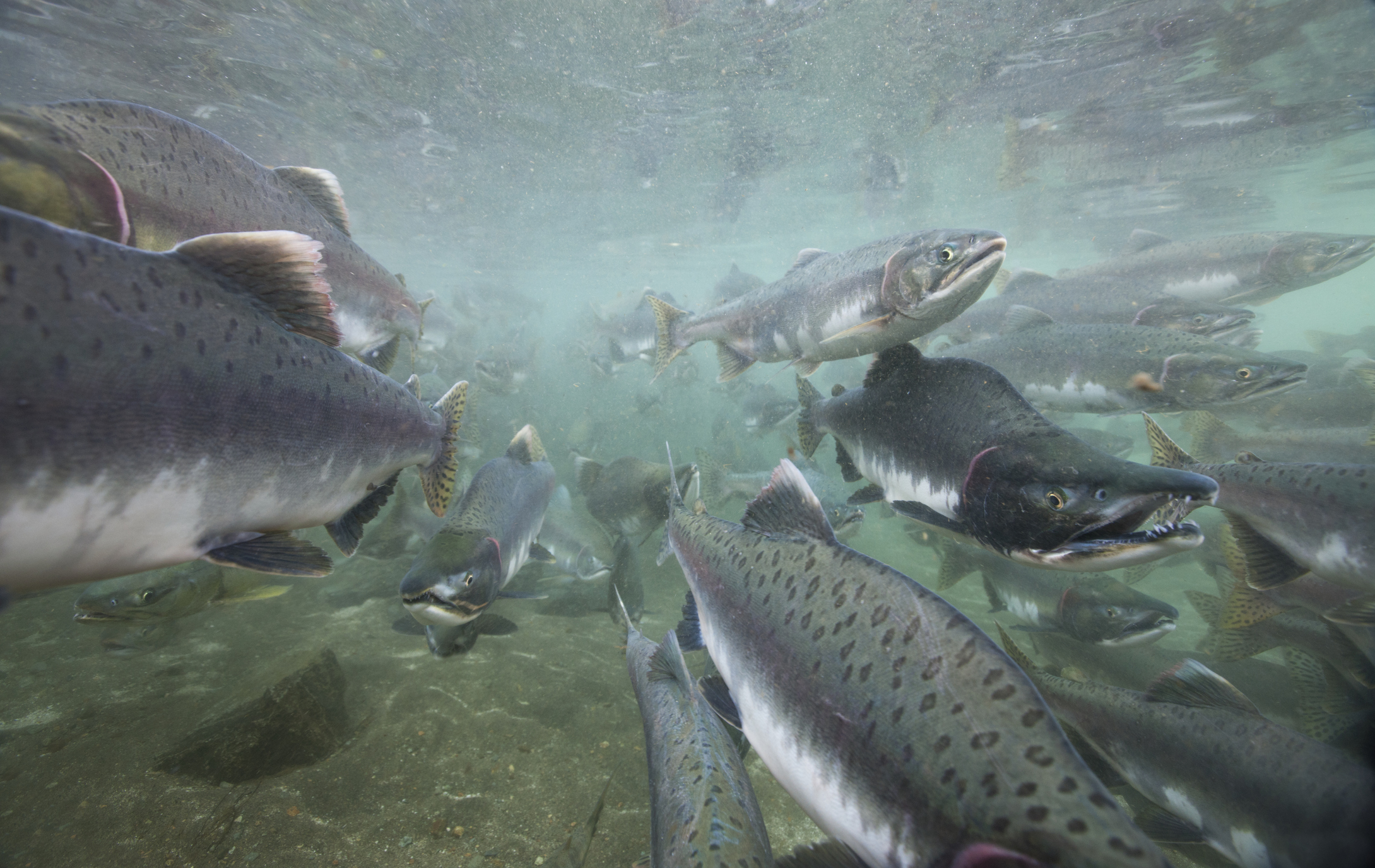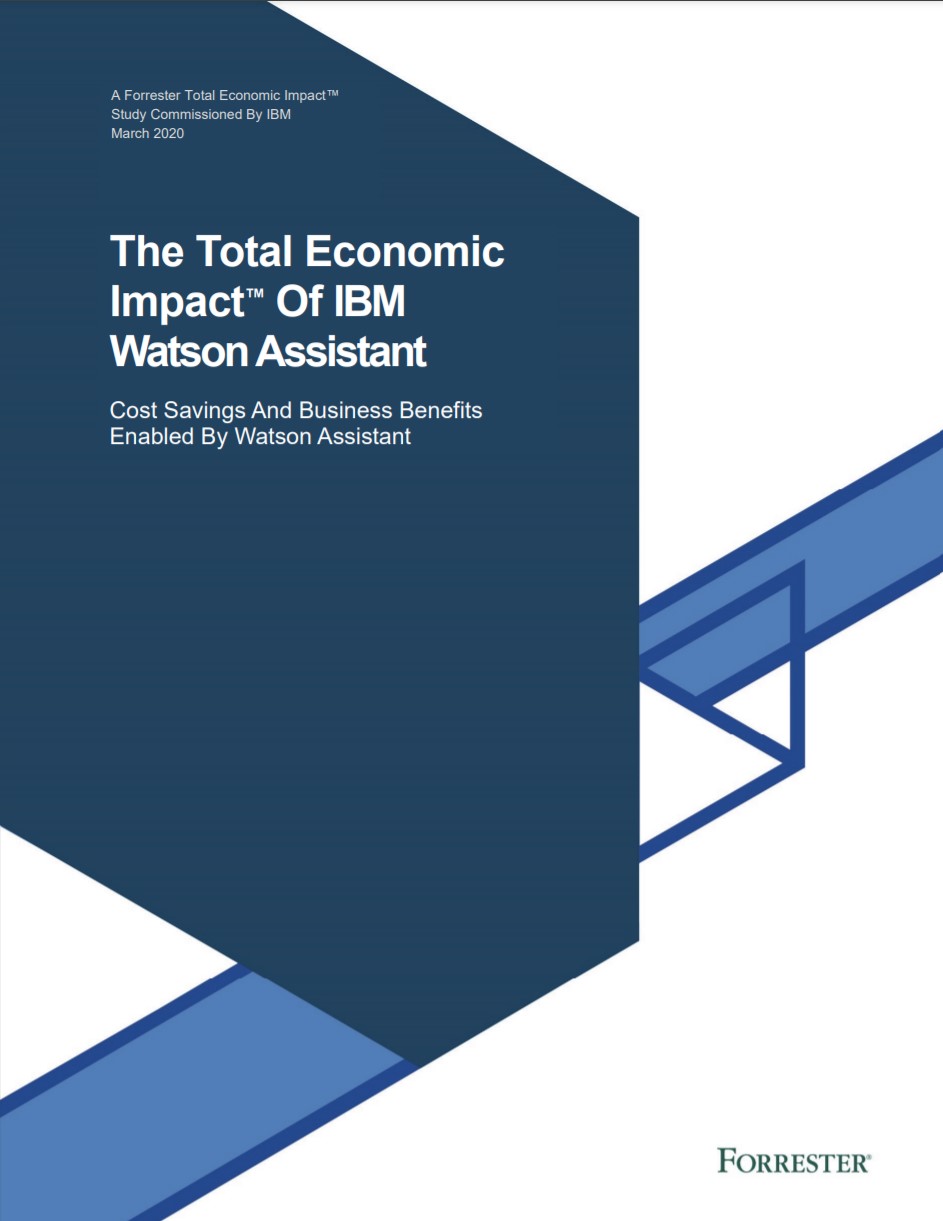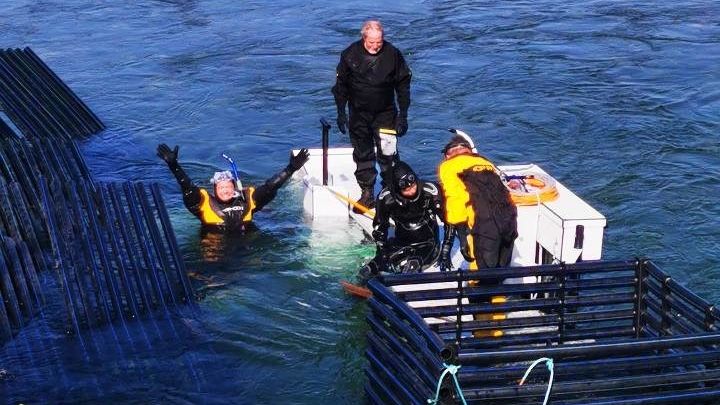Huawei AI tech used to filter out invasive salmon species in Norway river trial
Pacific salmon threaten to overwhelm Atlantic salmon in hundreds of rivers along the nation’s coastline


Huawei and its partner Berlevåg Jeger-og Fiskerforening (BJFF) have deployed an AI-powered filtering system in Norway’s Storelva river that allows Atlantic salmon to pass upstream while filtering out other invasive species.
Norway's delicate coastal ecosystem has been damaged over the past few decades, largely due to the introduction of the Pacific salmon species into Russia’s White Sea in the 1950s, which have since made its way south into Norwegian waters.
RELATED RESOURCE

The Total Economic Impact™ of IBM Watson Assistant
Cost savings and business benefits enabled by Watson Assistant
The fish have a rapid reproduction cycle and are able to aggressively compete for food, which threatens to overwhelm the native Atlantic salmon in hundreds of rivers along the nation’s coastline.
Huawei and BJFF revealed today that it has now successfully deployed and tested a filtering system that uses AI to prevent Pacific salmon from entering the upstream channel of Norway’s river system. A mechanical gate allows Atlantic salmon, as well as the Arctic red-spotted variety, to continue upstream to complete their migratory spawning process. The invasive species is diverted to a holding tank for subsequent removal.
Algorithms were designed in early 2021 based on Huawei’s machine vision technology to identify different fish species. In July 2021, the two companies then deployed a monitoring station equipped with an underwater camera in Storelva River. Providing a continuous video stream, the hardware is able to use the algorithm to identify Atlantic salmon with an accuracy of 91%, cutting the need for workers to manually check the fish by 90%.
Traditionally, volunteers were required to stand in the river to identify the Pacific salmon with the naked eye, mainly by the spots on their tails. This can make it challenging to quantify the threat, with many fish being missed and their sex impossible to determine.

"This is a unique innovation, both in Norway and globally. With this high-tech solution, we have complete control of the river. Local river managers and local and central administrations along the coast have also shown great interest in the project," said BJFF president Geir Kristiansen.
Get the ITPro daily newsletter
Sign up today and you will receive a free copy of our Future Focus 2025 report - the leading guidance on AI, cybersecurity and other IT challenges as per 700+ senior executives
The Chinese tech company said the demand for a solution was urgent. The number of Pacific salmon in Norway’s rivers has skyrocketed, with 13,900 caught in 2019, jumping to a record breaking 111,700 caught in 2021, representing 57% of all salmon caught in the country. Although almost all of these fish were caught in Troms and Finnmark, a county in the north of the country, Pacific salmon catches have been recorded in every county.
In contrast, numbers of the native wild salmon have declined by a quarter from peak levels. Huawei and BJFF said the invasive species is largely responsible, with escaped and less genetically diverse farmed salmon exacerbating the problem by weakening the Atlantic salmon's genome after interbreeding.
The companies also claimed that the data collected can also reveal accurate patterns of migratory behaviour, monitor different types of fish populations, provide information for further research, and help develop measures to stop overfishing.
The next step of the project is to deploy the technology in Norway’s salmon farms to reduce the environmental harm caused by escaped farmed fish.
Zach Marzouk is a former ITPro, CloudPro, and ChannelPro staff writer, covering topics like security, privacy, worker rights, and startups, primarily in the Asia Pacific and the US regions. Zach joined ITPro in 2017 where he was introduced to the world of B2B technology as a junior staff writer, before he returned to Argentina in 2018, working in communications and as a copywriter. In 2021, he made his way back to ITPro as a staff writer during the pandemic, before joining the world of freelance in 2022.
-
 AI is helping bad bots take over the internet
AI is helping bad bots take over the internetNews Automated bot traffic has surpassed human activity for the first time in a decade, according to Imperva
By Bobby Hellard
-
 Two years on from its Series B round, Hack the Box is targeting further growth
Two years on from its Series B round, Hack the Box is targeting further growthNews Hack the Box has grown significantly in the last two years, and it shows no signs of slowing down
By Ross Kelly
-
 Application enablement in an AI world
Application enablement in an AI worldHow enterprises can tap into AI-fueled application enablement to build apps faster and deploy them while consuming fewer resources
By Keumars Afifi-Sabet
-
 6G: Pioneering a new era of innovation and business value
6G: Pioneering a new era of innovation and business valueSponsored Content Discover how 6G will redefine the wireless industry through innovation, AI integration, and groundbreaking technology to drive new business value
By Rene Millman
-
 Huawei at Gitex Global 2024: driving innovation in industrial digitalization and intelligent transformation
Huawei at Gitex Global 2024: driving innovation in industrial digitalization and intelligent transformationSponsored Content Huawei showcased its latest advancements at Gitex Global 2024, focusing on accelerating digital transformation through innovative product launches, partnerships, and AI-ready ICT infrastructure
By ITPro
-
 Huawei Cloud: enabling business and industry growth
Huawei Cloud: enabling business and industry growthSponsored Content Huawei Cloud is transforming industries with innovative cloud, AI, and digital solutions, empowering enterprises to achieve growth and success in the digital age
By ITPro
-
 Amplifying intelligence: Huawei’s smart solutions for manufacturing and large enterprises
Amplifying intelligence: Huawei’s smart solutions for manufacturing and large enterprisesSponsored Content As industries face mounting pressures to innovate, Huawei is launching ten new intelligent solutions, designed to transform manufacturing, retail, and real estate through cutting-edge ICT represented by AI and cloud technologies
By ITPro
-
 How the media industry can take advantage of the AI wave
How the media industry can take advantage of the AI waveSponsored Content Welcome to a new way to create and consume movies, animation, and even the morning news
By ITPro
-
 Achieving business outcomes with generative AI
Achieving business outcomes with generative AIWebinar Take your hybrid cloud journey to the next level with generative AI
By ITPro
-
 The three keys to successful AI and ML outcomes
The three keys to successful AI and ML outcomesWhitepaper Unlocking the potential of machine learning in the generative AI era
By ITPro